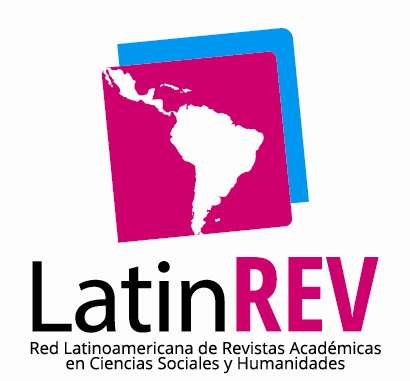Interrogation/ police interview: Myth, realities and challenges
Interrogation/ police interview: Myth, realities and challenges
DERECHOS RESERVADOS DE AUTOR
Todo documento incluido en la revista puede ser reproducido total o parcialmente, siempre y cuando se respete su contenido original, se cite la fuente y se use con fines académicos no comerciales. Misión Jurídica y su contenido se encuentra protegido bajo una Licencia Creative Commons Atribución-NoComercial-SinDerivar 4.0 Internacional.

Misión Jurídica por Misión Jurídica se distribuye bajo una Licencia Creative Commons Atribución-NoComercial-SinDerivar 4.0 Internacional.
Basada en una obra en http://unicolmayor.edu.co/publicaciones/index.php/mjuridica/index.
Permisos que vayan más allá de lo cubierto por esta licencia pueden encontrarse en http://unicolmayor.edu.co/publicaciones/index.php/mjuridica/index.
Mostrar biografía de los autores
The police interview or interrogation, one of the major
tools of criminal investigation is no longer confined to pre-trial
investigations, but transcends to forensic labs and the Court
rooms of learned Judges. The investigators, forensic experts and
prosecutors need to act in synergy to improve the performance of
the Criminal justice system. In this backdrop, the article examines
the subject of interrogation on a broad canvass of constitutional
and legal parameters, police professionalism and evidentiary
value and human- civil rights issues. It underlines the need of the
lead actors of the criminal justice system properly understanding
certain myths and challenges connected with interrogation so
that they can better appreciate the evidence or inputs generated
through interrogation, at professional plane. It also discusses
as how the science and technology have become a major aid in
overcoming many bottlenecks in the traditional
methods of interrogation or police interview.
Visitas del artículo 163 | Visitas PDF 75
Descargas
- (Endnotes)
- -------------------------------
- http://www.mha.nic.in/hindi/sites/upload_files/mhahindi/
- files/pdf/criminal_justice_system.pdf last accessed on
- October 25, 2016
- The High-Value Detainee Interrogation Group, or the HIG, is a
- cooperative effort between the FBI, the CIA, the Department of
- Defense, and other government agencies. Frazier Thompson, IV
- was the first Director.
- In Miranda v. Arizona (1966), the Supreme Court ruled that
- detained criminal suspects, prior to police questioning, must be
- informed of their constitutional right to an attorney and against
- self-incrimination.
- Hans Gustav Adolf Gross was an Austrian criminal jurist and
- an examining magistrate. He is believed to be the
- creator of the field of criminalistics and is to this day seen as the
- father of Criminal investigations. ...
- William Walters Sargant was a British psychiatrist who is
- remembered for the evangelical zeal with which he promoted
- treatments such as psychosurgery, deep sleep treatment, electro-
- convulsive therapy and insulin shock therapy. His most popular
- work is ‘ Battle for the mind”
- Sigmund Freud was an Austrian neurologist and the founder of
- psychoanalysis, a clinical method for treating psychopathology
- through dialogue between a patient and a psychoanalyst
- Alexis Carrel was a French surgeon and biologist who was
- awarded the Nobel Prize in Physiology or Medicine in 1912 for
- pioneering vascular suturing technique. His most popular work
- is “Man-the Unknown’















